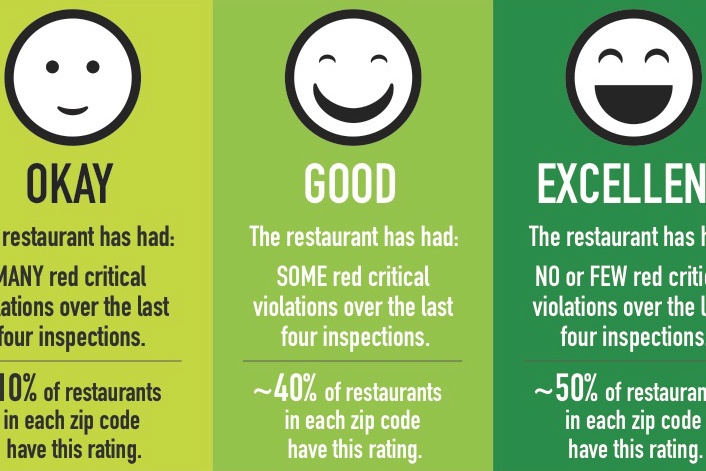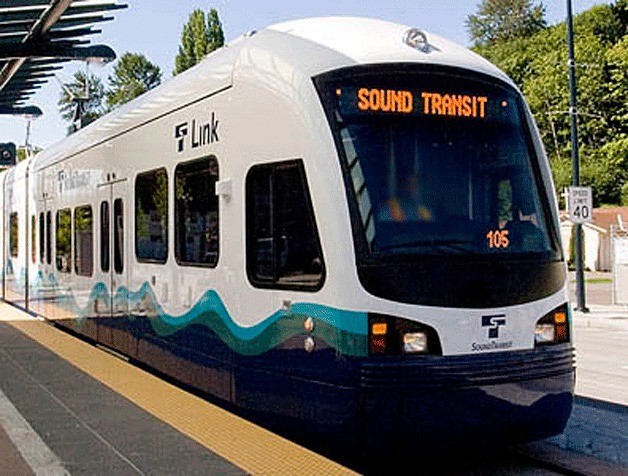Elliott Bay Brewery in Lake City on Tuesday became the first food venue in King County holding a window sign that illustrates the county’s brand-new system for rating food safety. The signs will display ratings based on four different inspections rather a single visit, which will hopefully convey an accurate evaluation of a restaurant’s performance over time, according to Public Health Seattle/King County.
Kerry White, Executive Chef of Elliott Bay Brewery, said that she and her colleagues were proud when Public Health Seattle/King County asked the restaurant to be the first food venue in the county where a sign would be posted.
“We hope this has a positive impact in King County. It’s also a great opportunity for us to continue being on the top of our constant focus on good service,” White said.
Restaurants located in the county’s northern area—like Elliott Bay Brewery—will be the first ones to receive their food safety ratings and signs this year.
The origins of the system date back from 2001, when King County became the first municipality in the state to post the results of restaurant inspections online. Twelve years later, a group of the county’s residents reviewed the program in a survey. Later in 2013, that group asked for information more specific than if a restaurant passed or failed an inspection, so Public Health Seattle/King County decided to host meetings with food safety experts and community members to receive feedback about a potential rating system a year after.
In 2016, focus groups and online surveys took place in eight different languages and helped the county develop a final version of a system with emojis that could be accessible, effective and easy to grasp for everybody.
“We know there will be an education process to help customers, and our members, understand what the restaurant window signs represent and we look forward to supporting the health department’s education efforts,” Samantha Louderback, a local government affairs coordinator of the Seattle Restaurant Alliance, told Public Health Insider. “Ultimately, we hope our customers are able to easily and accurately determine what each window sign means and how they convey food safety risks.”
The rating has four categories—“Needs to improve,” “Okay,” “Good” and “Excellent”—which are calculated by the average of “red critical violations” a restaurant committed over the course of the four most recent inspections. Red critical violations are defined as the practices that could provoke food-related illnesses and include lack of hand-washing, keeping unclean surfaces, not cooking food to a safe temperature and not keeping food at a proper temperature.
All categories except from “Needs to improve” are rated on a curve, averaging a restaurant’s score with others in the same zip code.
Another feature of the system is that it trains its staff through side-by-side peer inspections, which should boost inspectors’ consistency and reliability. With a peer review, inspectors are able to talk through their observations, learn from each other and understand how they reach their conclusions as well.
“We worked hard to design a new food safety rating system that advanced equity and fairness,” Damarys Espinoza, Public Health Seattle/King County Outreach Manager, told Public Health Insider. “Our rating methods were designed to fairly measure a restaurant’s food safety practices by focusing on trend over time, scale of performance and rating on a curve. We are also committed to continue that collaboration by making changes to the rating system based on evaluation results.”







